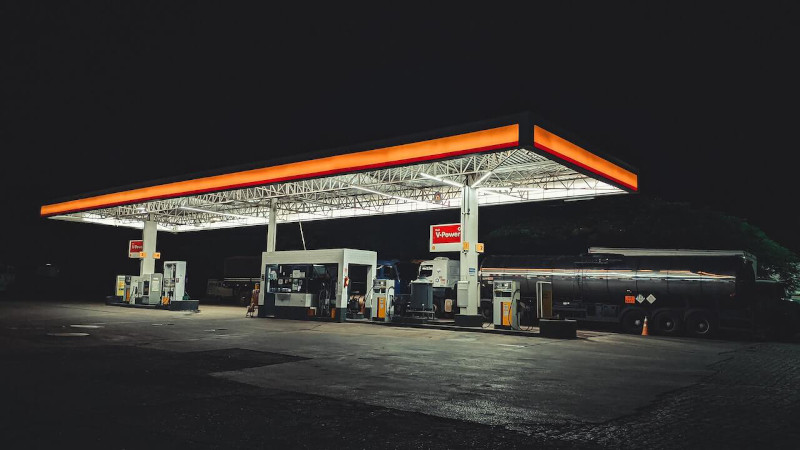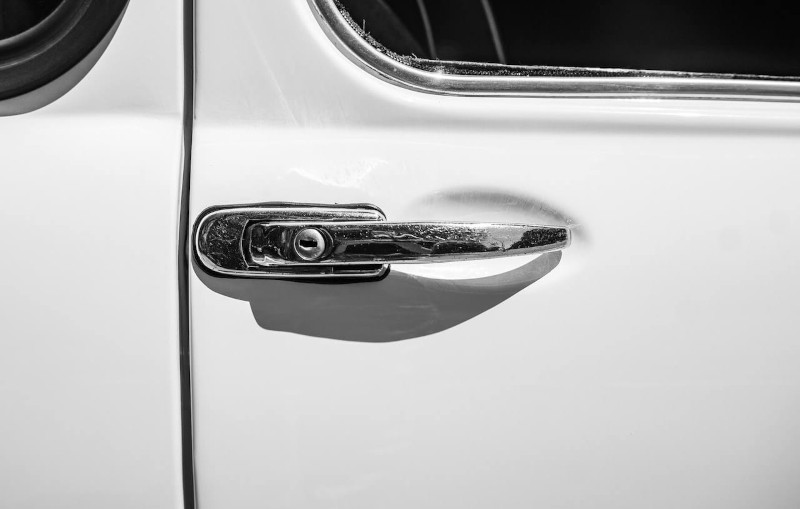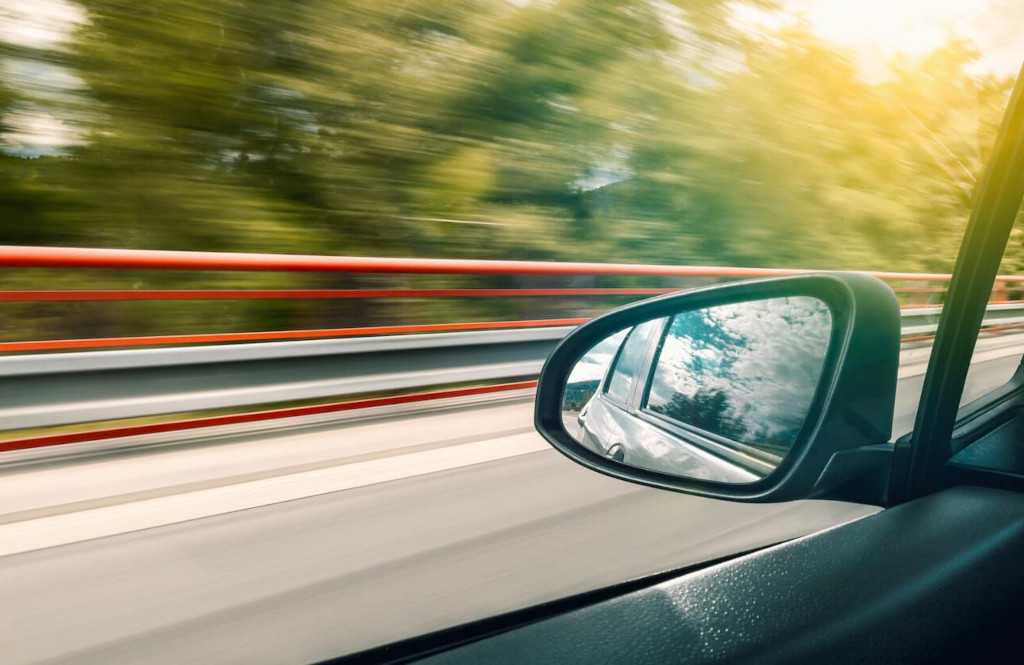It doesn’t matter if you reside in South Africa or are simply here on vacation; at some moment in your life, you absolutely have to take a road trip across our beautiful country. An unforgettable experience can be had on a trip through South Africa, which can range from the breathtaking coastlines of the Western Cape to the majesty of the Garden Route.
However, due to the fact that it isn’t the safest place in the world, you should probably familiarize yourself with the crime rates in the areas that you will be driving through and be ready for anything that may occur. We have done some research and come up with some safety tips for driving through South Africa; therefore, if you are thinking about taking a road trip over the holiday time, use these 10 useful driving suggestions for a South African road trip to ensure that your trip is both safe and enjoyable.
A Rental Car Company That Offers Reasonable Rates
It is imperative that you travel in a dependable automobile if you are going to use a rental vehicle for your upcoming road trip. You should stick with a car that has a lower profile rather than purchasing a luxurious four-wheel-drive SUV. This will also guarantee that you do not spend an excessive amount of cash on rental and insurance fees, which are typically higher for fancier cars due to the increased risk they present.
This does not imply that you are required to rent a vehicle that is unreliable or of low cost; rather, it means that you should make an informed decision. You might consider purchasing a Ford Ecosport or a vehicle of a similar nature rather than a BMW X6 or an Audi A4.
Put Some Petrol in the Car

Running low on petrol is not only annoying but also potentially hazardous. It is critical to keep a close watch on the level of fuel in your tank and to pull over at the first available gas station in order to refuel at all times. Even if the GPS indicates that there is a station 100 kilometers away, the reading may not be accurate and the station might well be located further away than expected. You don’t want to find yourself stranded on one of the major highways without gas when you could have avoided the situation by pulling over earlier to get some gas.
Don’t Wait for Anyone to Help You
It’s possible that you’ll have the impression that you’re doing someone a favor if you pull over to help a motorist who’s broken down or pick up a hitchhiker, but doing either of those things is dangerous. If you speak to anybody before you go on your roadtrip, they will probably tell you that there has been multiple cons in the past that targeted naive South African drivers. This is something that you should keep in mind.
Quite frequently, one individual will act as though they have been hurt and sit in the center of the road whereas others will claim that their vehicle has broken down around them. Additionally, these individuals typically have companions hiding in the bushes nearby; as soon as you slow down to offer assistance to them, those companions will spring out of the bushes and attack you. It is common for people to be kidnapped in South Africa; therefore, you should take precautions to avoid having this happen to you.
Ensure That All of the Windows and Doors Are Shut and Locked

Remember to always keep your car doors locked and your windows rolled up in order to avoid having your vehicle become the target of an attempted robbery or carjacking. When you come to a stop at a red robot or stop sign, the risk increases even further. When you get out of your car, make sure you double check that all of the doors are locked before you walk away. On your trip, if you leave the windows down while driving so that you can take in the breathtaking views of the open road, make sure to remember to roll them up before entering a town or city.
If at All Possible, Steer Clear of Nighttime Driving
Determine how lengthy it will take you to get to your vacation spot by car when you are organizing the details of your road trip. You are going to want to get going early enough to prevent getting there when it is already dark. Driving at night in certain parts of South Africa can be an extremely risky endeavor for those who choose to do so.
Maintain your concentration and be on the lookout at all times, even though daytime hijackings are relatively rare. When you spot a red light in the distance, for instance, it is in your best interest to reduce your speed before you get there so that the light is green by the time you get there. You will be able to avoid remaining immobile at a robot for significantly longer than is required as a result of this.
Keep an Eye Out for Holes in the Road

The majority of South Africa’s primary national highways and roadways are in a state that is suitable for travel or working order. However, a significant number of the roads that lead into small communities and villages are typically not maintained. These regions are notorious for having numerous potholes, the majority of which are significantly larger than one might anticipate. If you do hit one, there might not be a shoulder to pull onto, which makes the situation significantly more hazardous.
Because there is nowhere else to go besides over the potholes, some individuals in certain areas choose to walk along the road. If you must travel on roads like these, it is ideal to drive cautiously and slowly navigate around or over the potholes. If you can avoid driving over the potholes altogether, do so.
Be Sure to Tip the Car Guards
You would see car guards dressed in fluorescent yellow vests anytime you go to a store, restaurant, shopping mall, or any other establishment of a similar nature. They will most likely greet you and then inquire as to whether or not they should watch your vehicle. During the time that you are absent, it is their responsibility to keep a watchful eye on your vehicle to ensure that it is not stolen or damaged in any way. These individuals don’t make a lot of money, so if you could tip them for watching your car, it would mean a lot to them.
Bring a Cooler Box Along With You
It is recommended that you bring along some food and water for the journey. This is important not only so that you can eat something while driving, but also in the event that your vehicle breaks down or you become disoriented and the journey takes longer than anticipated. If you have a cooler box, you will be able to keep food fresh while you are traveling. You could bring some chicken, apples, veggies, and anything else that sounds appetizing to you along with you. Remember to bring along an adequate supply of water as well.
Ensure That You Have A Reliable Map

South Africa can be traversed via a variety of different routes. If you have a reliable map, you will not only be able to drive the most beautiful and quickest routes from point A to point B, but you will also avoid getting lost. The majority of people in today’s world navigate using either Google Maps or another app. These are very useful, but they do not always take you through the most beautiful areas. It is in your best interest to complete some extensive research on the path before you set out on it.
Keep An Eye Out For Wild Animals
Roads in desolate areas are frequently inhabited by farm animals and wild animals. When you’re behind the wheel, exercise extreme caution because you do not want to put either yourself or the wildlife in any danger while you are traveling to your destination. Keep an eye out for street signs that indicate areas where it’s likely that animals will be wandering around the streets.
Summary
That wraps up this discussion. If you keep these suggestions in mind while driving through South Africa, you can rest assured that your journey will end without any incidents or mishaps. Driving defensively is something else you should get into the habit of doing before you head out on your road trip. This includes avoiding driving while under the influence of alcohol or drugs, driving while fatigued or drowsy, maintaining a safe following distance of at least three cars between your vehicle and the vehicle ahead of you, driving cautiously when the weather is poor, and avoiding altercations with other drivers on the road.

